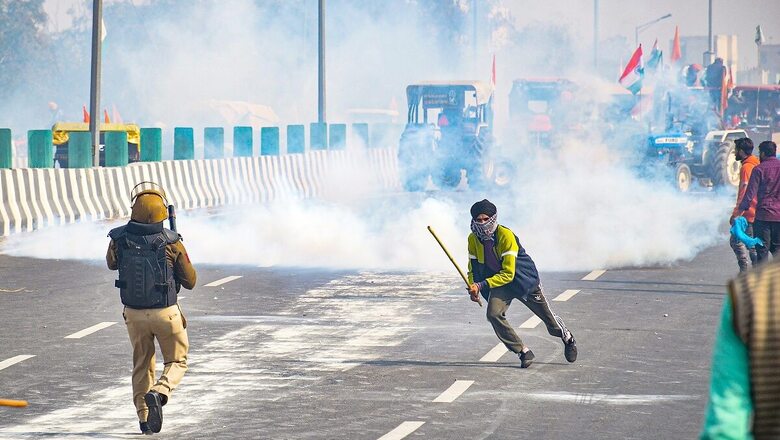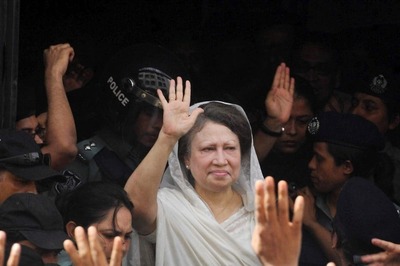
views
The ongoing farmers’ agitation against the three agricultural reform laws has led to several misconceptions being spread not only about the legislations, but also the protests, the agents behind these protests and the government’s persistent pursuits towards achieving a common ground with the stir leaders to usher in reforms that aim to uplift the farm sector.
Despite several rounds of talks and the government offering concessions, the farmer unions leading the protests have been unrelenting, and it has become increasingly evident that they are being dogmatic rather than rational. The months-long protest around Delhi’s borders finally led to the raid on the capital, resulting in hundreds of policemen getting injured, vandalism and widespread property damage.
With this, the façade built over the last few months that the protests were peaceful to begin has come crashing down. News18 addresses several other myths and misconceptions that have been spread about the laws and the stir.
Myth 1 – The biggest myth about these protests has been that farmers across the country have opposed these reforms, whereas the reality remains that it has mainly been restricted to the states of Punjab and Haryana. The two states highly benefit from the MSP procurement system, and farmers here have been egged on by the middlemen and politicians controlling the government mandis. The MSP mechanism, however, is neither equitable nor adequate in providing remunerative prices to all types of farmers, experts have said repeatedly.
Myth 2 – Another myth has been that protesters had remained peaceful before the tractor rally was held on Republic Day, when rioters dashed to the heart of Delhi on speeding tractors, rammed barricades and even threatened to mow down policemen. The fact is that there have been several episodes of violence during the agitation, right from mobile towers and other infrastructure of companies like Reliance being destroyed to employees of the company, as well as those of Adani Group, being beaten up. The attacks by protesters not only endangered the lives of thousands of employees, but also damaged and disrupted vital communications infrastructure in the two states.
Myth 3 – The misconception that the government has not been amenable to the demands of the protesters has also been circulated, despite the government holding 11 rounds of talks with the farmer unions and making several concessions, including an 18-month stay on the implementation of the laws. The government had earlier also proposed other concessions in writing, including giving states greater role in so-called free markets, continuation of the system of minimum support prices (MSP). Another key offer was to bring additional legal safeguards for farmers’ rights engaging in contract farming, including a bar on any confiscation of farm land to recover dues.
Myth 4 – This is a farmers’ protest. If it had been solely about the concerns of farmers, then farmers from other parts of the country too would have been protesting, and the pan-India agitation would have had some bearing on the prices of grains, fruits and vegetables and inflation would have shot up. However, none of this has been observed on the ground. The protest has been prolonged only because parties like the Congress and Communist parties are playing a major role behind the scenes.
Myth 5 – The last myth to address is that these protesters have respect for India and its institutions. If that had been true, they would not have taken out a violent parade through the national capital on the day the country was celebrating its 72 Republic Day. Despite agreeing to a route after consultation with the police, the farmers wilfully flouted the permissions, capping this brazen display with the unfurling of the Sikh religious flag, Nishan Sahib, at Red Fort. The farmers have also disrespected the Supreme Court by refusing to appear before the committee formed by it to help resolve the issue.
Read all the Latest News, Breaking News and Coronavirus News here




















Comments
0 comment